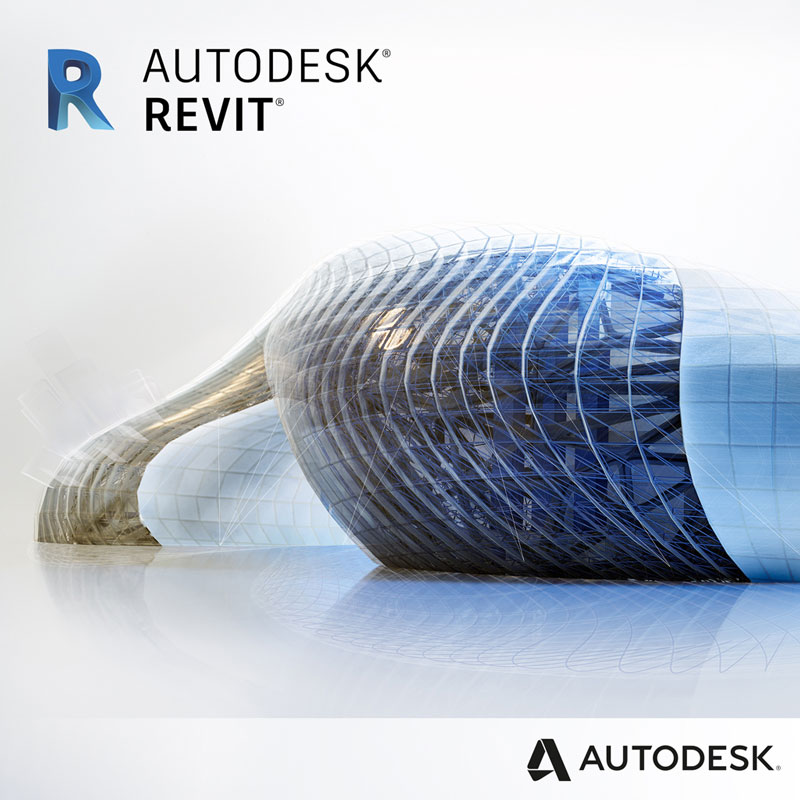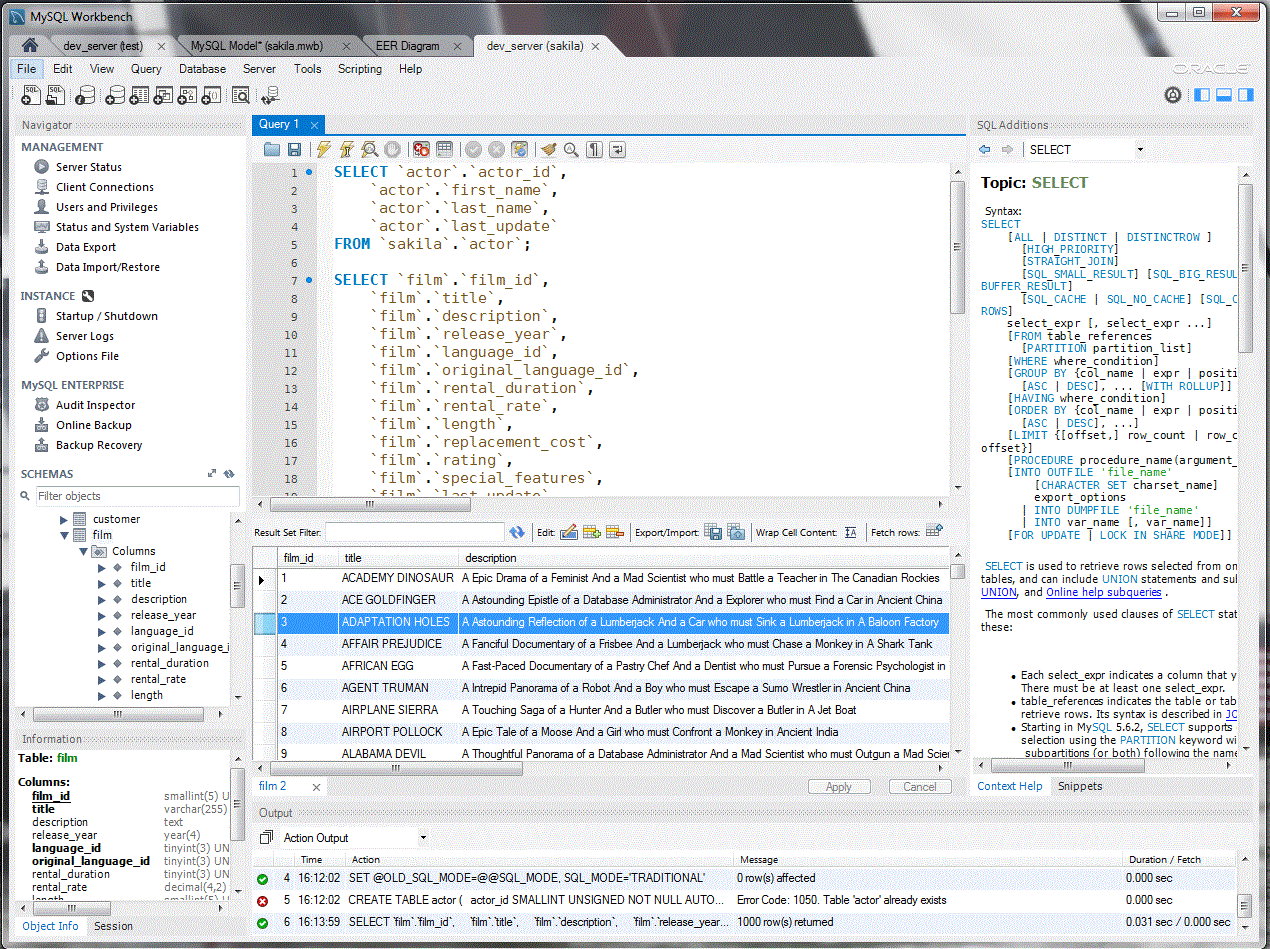

In the world of construction management software, there are always solutions that are available for free or that use open, non-proprietary code to help you avoid being locked into a particular software supplier.īIM is no exception. Your choice will not be if, but how you use it. BIM is a process for creating a digital model of a construction project, comprised of layers of metadata describing the physical and functional aspects of the initiative. Governments across the world are making BIM and BIM software a mandatory part of bidding for contracts and undertaking building projects.īuilding information modeling (BIM) is the reason for this massive industry shift. While BIM advocates will be quick to tell you all about its advantages, certain clients, notably in the public sector, aren’t simply relying on carrots to persuade you to become a BIM shop. Multi-user collaboration using File, DBMS or (transfer via XMI, CVS/TFS or Difference Merge).It will only be a matter of time before your construction business ( no matter how small ) will start using building information modeling, otherwise known as BIM. Multi-user collaboration using File, DBMS or Cloud Repository (or transfer via XMI, CVS/TFS or Difference Merge).ĮR/Studio Repository and Team Server (formerly Portal/CONNECT) for web based publishing collaboration and model management, with Business Glossary as standard.

IDEF1X, UML DDL, Information Engineering & ERD Model/database comparison and synchronizationĬonceptual, Logical & Physical + MDA Transform of Logical to Physical Supported data models (conceptual, logical, physical) Standalone with Data, UML, and process modelingĪccess, Greenplum, Apache Hive, HP Neoview, IBM DB2, Informix, Ingres, Interbase, MySQL, Netezza, NonStop SQL, Oracle, PostgreSQL, Red Brick Warehouse, SAP business Suite, SAP Hana, SAP Adaptive Server Enterprise, SAP IQ, SAP SQL Anywhere, MS SQL Server, TeradataĪccess, IBM DB2, Informix, MySQL, MariaDB, PostgreSQL, MS SQL Server, SQLite, OracleĢ005 (before this date known as CaseStudio) MS SQL Server, MySQL, PostgreSQL, Oracle, DB2 MySQL, MS SQL Server, PostgreSQL, Oracle, DB2 MySQL, MS SQL Server, PostgreSQL, Oracle, SQLite MS SQL Server, Oracle, MySQL, PostgreSQL, IBM DB2Īccess, MS SQL Server, Oracle, MySQL, PostgreSQL, IBM DB2 Windows, Linux (Wine), macOS (via CrossOver)ĭata modeling is supported as part of a complete modeling platform.Īccess, Snowflake, Microsoft Azure IBM DB2, Informix, Hitachi HiRDB, Firebird, Interbase, MySQL, MS SQL Server, Netezza, Oracle, PostgreSQL, Sybase, Teradata, Visual Foxpro and others via ODBC/ANSI SQLĪccess, IBM DB2, Informix, MySQL, MS SQL Server, Netezza, Oracle, PostgreSQL, Sybase, and others via ODBC/ANSI SQL

IBM DB2, Firebird, InterBase, Informix, Ingres, Access, MS SQL Server, MySQL, SQLite, Oracle, PostgreSQL, Sybase

Windows, Linux and FreeBSD (both through Wine) MS SQL Server, MySQL, Oracle, Firebird, InterBase, SQL Anywhere, NexusDB, MariaDB Standalone or bundled into a larger toolkit This article is a comparison of data modeling tools which are notable, including standalone, conventional data modeling tools and modeling tools supporting data modeling as part of a larger modeling environment. Comparison of notable data modeling tools


 0 kommentar(er)
0 kommentar(er)
